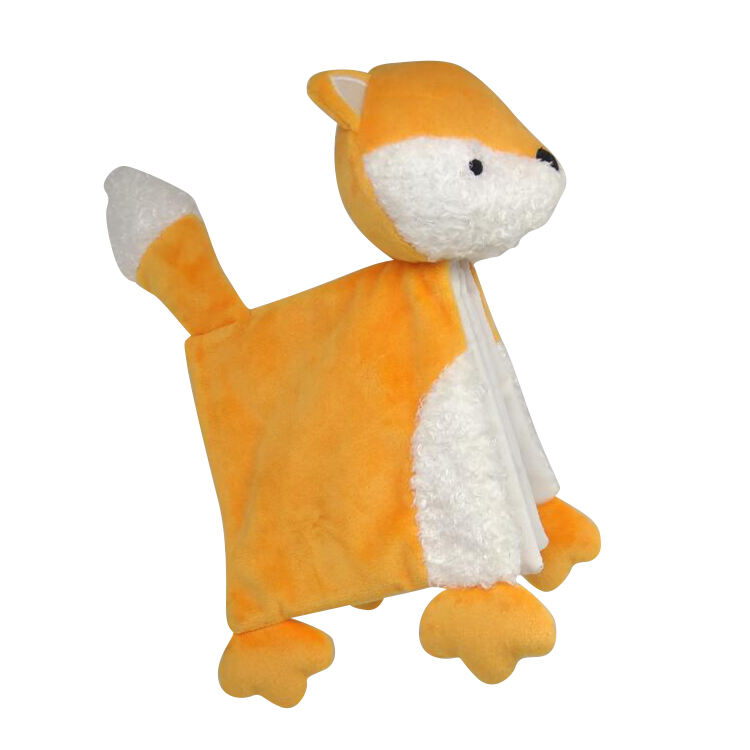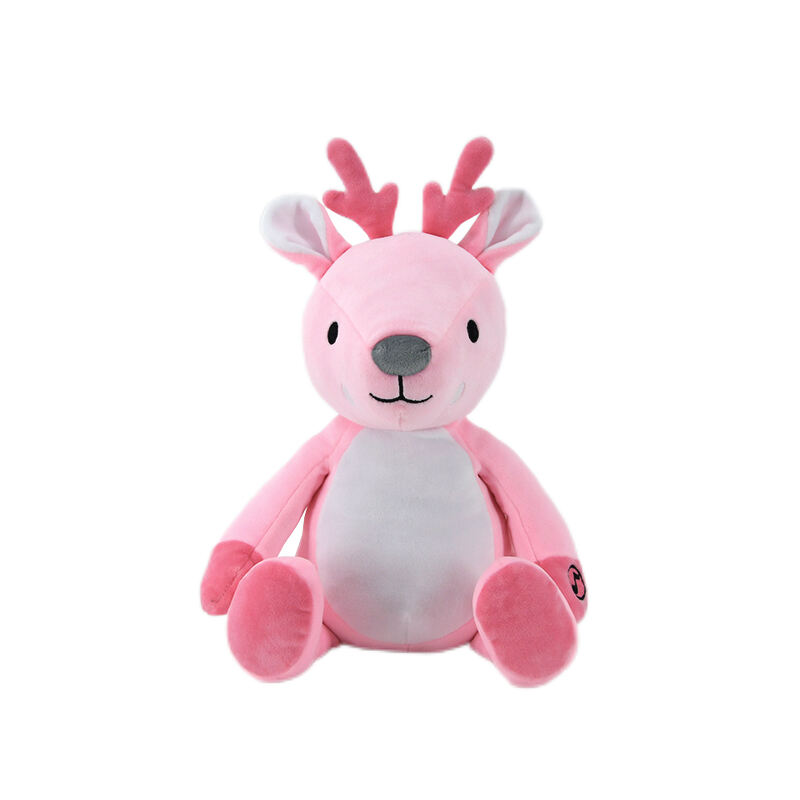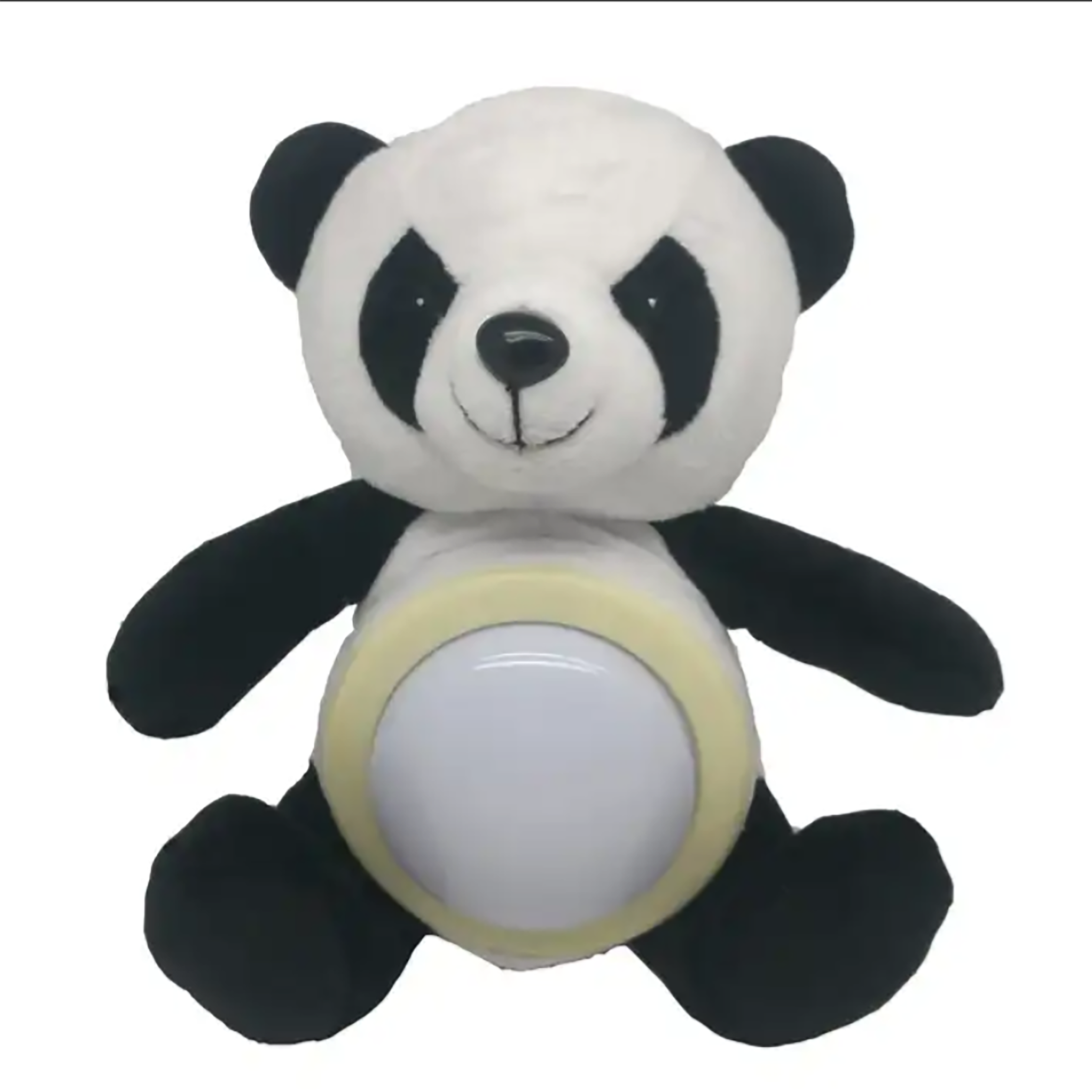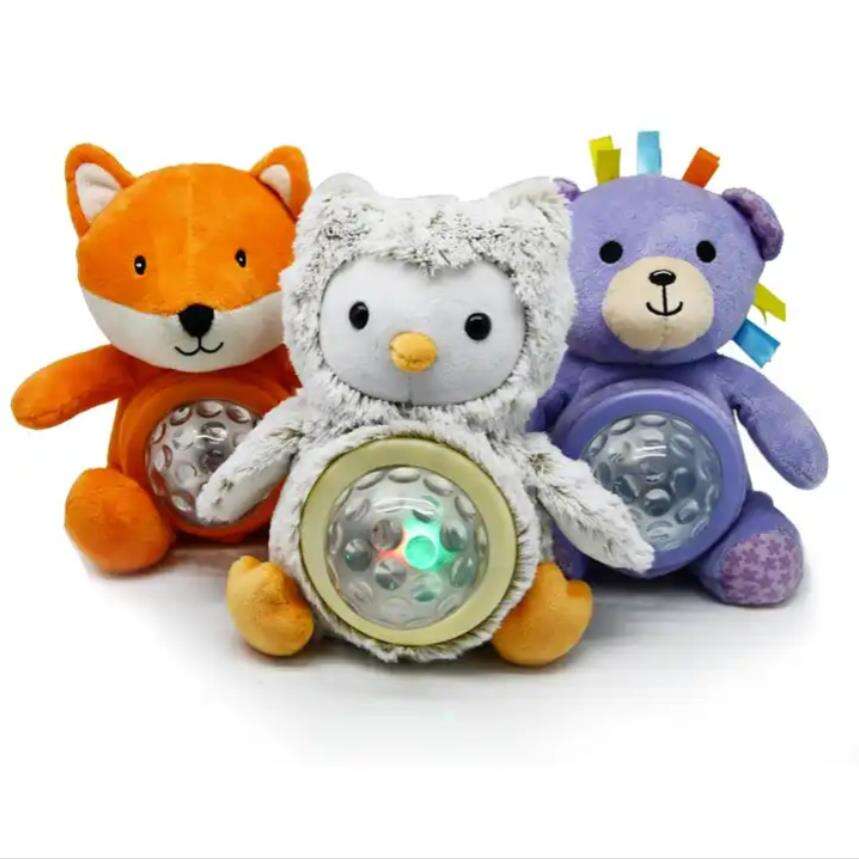How to Choose the Perfect Plush Toy for Different Age Groups
Safety First: Essential Considerations for Plush Toys
Material Quality and Non-Toxic Certification
High-quality, non-toxic materials are crucial in the manufacture of plush toys to ensure children's safety. Certifications such as ASTM (American Society for Testing and Materials) and EN71 are internationally recognized standards that certify a toy's safety in terms of materials used and overall construction. A significant number of toy recalls are due to unsafe materials—with the 2022 report from the U.S. Consumer Product Safety Commission highlighting toy-related injuries emphasizing this need for caution. To provide peace of mind to parents, it's essential to look for labels confirming compliance with these safety standards, thereby guaranteeing that a toy is free from harmful substances. This approach not only protects children's health but also assures parents that they are making safe choices for their little ones.
Choking Hazard Prevention
Potential choking hazards in plush toys, especially for younger children, need careful consideration. Small parts, such as buttons or plastic attachments, can pose significant risks if detached and ingested. Safety guidelines suggest avoiding toys with removable parts for children under the age of three, due to their tendency to explore with their mouths. Child safety organizations stress the importance of adhering to age recommendations marked on toy packages to mitigate these risks. This adherence aids in preventing choking incidents and ensures toys are suitable for a child's developmental stage, reinforcing a safer play environment.
Stitching Durability and Washability
Durable stitching in plush toys is vital for their longevity and safety. Sturdy stitching prevents the toy from falling apart and the subsequent release of filling, which can be hazardous. Additionally, maintaining the toy's hygiene through regular washing is crucial. Following the care labels thoughtfully ensures that the toys remain clean and safe for children to use. Consumer feedback often highlights the significance of both durability and ease of maintenance, indicating a preference for toys that withstand regular use while being easy to clean. These factors contribute notably to the overall value and safety of plush toys.
Age-Specific Plush Toy Selection Guide
0-6 Months: Sensory Stimulation & Texture Exploration
For newborns, sensory toys play a crucial role in promoting tactile development and stimulating the senses. These toys should include a variety of textures that are not only appealing but also safe for infants, enhancing their ability to engage in sensory play. For instance, plush toys with different fabrics like soft velvets or gentle bumps can provide new tactile experiences. Early sensory engagement benefits are supported by studies demonstrating enhanced brain development and sensory processing in infants who have access to such stimuli. It is important for parents to consider these sensory-stimulating features when choosing plush toys for infants.
7-12 Months: Interactive Features for Motor Skill Development
As infants reach the age of 7-12 months, interactive plush toys become essential for encouraging movement and developing motor skills. Toys featuring crinkly sounds, mirrors, or different interactive components can stimulate curiosity and the desire to explore. Playing with these toys helps children in this age group to achieve developmental milestones, such as improved hand-eye coordination and fine motor ability. Experts state that engaging with interactive toys during play significantly enhances skill development, making this a critical consideration for parents selecting toys for their children.
Toddlers (1-3 Years): Educational and Imaginative Play
Plush toys for toddlers (1-3 years) not only facilitate imaginative play but also provide educational benefits. These toys invite children into a world of creativity and fantasy, allowing them to create stories and scenarios that boost cognitive and social skills. Educational plush toys can teach shape recognition, colors, and even basic counting, which supports early learning. Surveys have shown that parents and educators highly recommend plush toys that incorporate learning elements, aligning with expert advice on fostering toddler development through play.
Preschoolers (3-5 Years): Storytelling Companions
For preschoolers, plush toys serve as excellent storytelling companions, which is instrumental in enhancing language skills during early childhood. These toys encourage children to narrate stories, fostering communication skills and language development. Research highlights the strong correlation between imaginative play with plush toys and language acquisition, thus supporting the use of plush toys in narrative practices at home. Parents are encouraged to integrate these storytelling activities into daily routines to build a child's confidence and articulation skills.
Top Plush Toy Recommendations by Developmental Stage
Custom Personalized Baby Cloth Books (0-24 Months)
Custom Personalized Baby Cloth Books provide essential cognitive and emotional benefits to infants and toddlers by offering a tactile learning experience. These fabric storybooks allow children to engage with personal narratives, fostering both cognitive development and familial bonding. Parents have shared delightful testimonials describing their children's engagement and excitement over seeing their personalized names and illustrations within these books. Developmental psychologists also praise personalized storytelling tools like these for their role in early education, noting their ability to nurture a love for reading and storytelling from a young age.
Customizable LED Nightlight Plushie (7-12 Months)
The Customizable LED Nightlight Plushie is perfect for soothing infants and toddlers with its comforting combination of plush softness and gentle nightlight functionality. These toys can aid in sleep hygiene by providing a reassuring glow that helps ease nighttime anxiety and establish healthy sleep routines. Experts emphasize the importance of appropriate lighting in influencing infant sleep patterns, noting that these plushies can significantly contribute to a calming bedtime environment, thus promoting better rest for both children and parents.
Illuminated Plush Musical Panda (1-3 Years)
The Illuminated Plush Musical Panda offers a stimulating auditory experience paired with emotional comfort for toddlers. By playing melodic tunes and providing gentle light, this plush toy helps in auditory development and calming routines. Feedback from early childhood educators underscores the value of integrating music into play, as it supports brain development, creativity, and emotional wellness. Furthermore, this toy's dual purpose serves as both a comforting nighttime companion and an engaging daytime friend, making it a versatile choice for parents looking to foster holistic development in their children.
Educational Benefits of Plush Toys Across Ages
Language Development Through Fabric Storybooks
Plush toys and fabric storybooks play a pivotal role in fostering early language learning and literacy skills in children. By incorporating snugly characters and engaging stories, these toys make reading sessions more interactive. According to research, interactive reading sessions where children can manipulate storybook characters significantly boost vocabulary acquisition. Experts recommend incorporating plush toys into reading routines to create a nurturing environment that encourages children to express themselves verbally, thereby accelerating their language development.
Emotional Comfort with Light-Up Features
Plush toys with light-up features provide an essential source of emotional comfort and security for children. These toys help alleviate nighttime anxieties by offering a soothing glow. Studies have shown that nightlight plush toys can decrease nighttime fears, with 75% of parents reporting a noticeable calming effect in their anxious children. Child psychologists emphasize that such comfort objects contribute to emotional development, helping children self-soothe and regulate stress.
Cognitive Growth via Musical Interaction
Engaging in musical interaction with plush toys is instrumental in promoting cognitive development. Musical plush toys enhance memory retention and critical thinking skills by stimulating auditory senses and providing rhythmic experiences. A study published in the International Journal of Pediatric Research highlights that musical play is associated with improved problem-solving abilities in young children. Experts recommend musical engagement as a crucial component of childhood development, as it helps in processing complex patterns and sequences.
Maintenance Tips for Long-Lasting Plush Toys
Machine-Washable vs. Spot-Cleaning Guidelines
Maintaining the cleanliness and longevity of plush toys requires understanding the differences between machine-washing and spot-cleaning methods. Machine-washing is suitable for durable plush toys that are designed to withstand the rigors of a washing machine cycle. However, spot-cleaning is often necessary for delicate toys that could be damaged by excessive water or agitation. Safety tips include always checking the care labels for instructions specific to each toy, as this ensures that the chosen cleaning method will not compromise the toy's material or electronic components if present. According to household statistics, plush toys should be cleaned roughly every month to ensure hygiene, particularly for toys frequently handled by children.
Battery Replacement for Electronic Features
Proper battery maintenance is crucial for plush toys with electronic components. When replacing batteries, ensure they are suitable for children's toys, avoiding cheap alternatives that might leak or cause harm. Using alkaline batteries is recommended for their reliability and safety. Experts emphasize the importance of following manufacturer guidelines to prevent hazards associated with improper battery handling, such as using the correct battery size and voltage. Failing to adhere to these precautions can result in malfunctioning or damage to electronic plush toys.
Repairing Loose Threads and Seams
Timely repairs of loose threads and seams can significantly extend the lifespan of plush toys. Regular checks for tears or detachment of parts allow for early intervention before the damage worsens. Parents can follow simple steps for home repairs: use a needle and thread to reinforce loose seams and trim any stray threads to prevent further unraveling. Statistics show that plush toys often require maintenance every few months, highlighting the necessity for regular inspection and repair. This proactive approach ensures children's favorite toys remain intact and safe over prolonged periods.
Recommended Products
Hot News
-
Selecting the Right Educational Toys for Different Age Groups
2024-11-08
-
Materials Used in the Production of Stuffed Animals
2024-11-04
-
Chinese Plush Toy Factories Lead the Global Market with Innovation and Quality
2024-01-23
-
How Plush Toys Can Boost Your Mental Health and Well-Being
2024-01-23
-
Plush Toys Factory Industry Trends: A Growing Market with Challenges and Opportunities
2024-01-23
-
Plush Toys Market Demand on the Rise
2024-01-23
-
Woodfield Website Online
2024-01-22
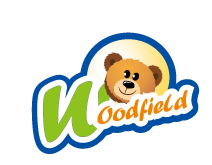
 EN
EN
 AR
AR
 BG
BG
 HR
HR
 DA
DA
 NL
NL
 FI
FI
 FR
FR
 DE
DE
 EL
EL
 IT
IT
 JA
JA
 KO
KO
 NO
NO
 PT
PT
 RO
RO
 RU
RU
 ES
ES
 SV
SV
 TL
TL
 IW
IW
 ID
ID
 SR
SR
 UK
UK
 HU
HU
 MT
MT
 TH
TH
 TR
TR
 FA
FA
 MS
MS
 GA
GA
 IS
IS
 EU
EU
 BN
BN
 LO
LO
 LA
LA
 SO
SO
 KK
KK

